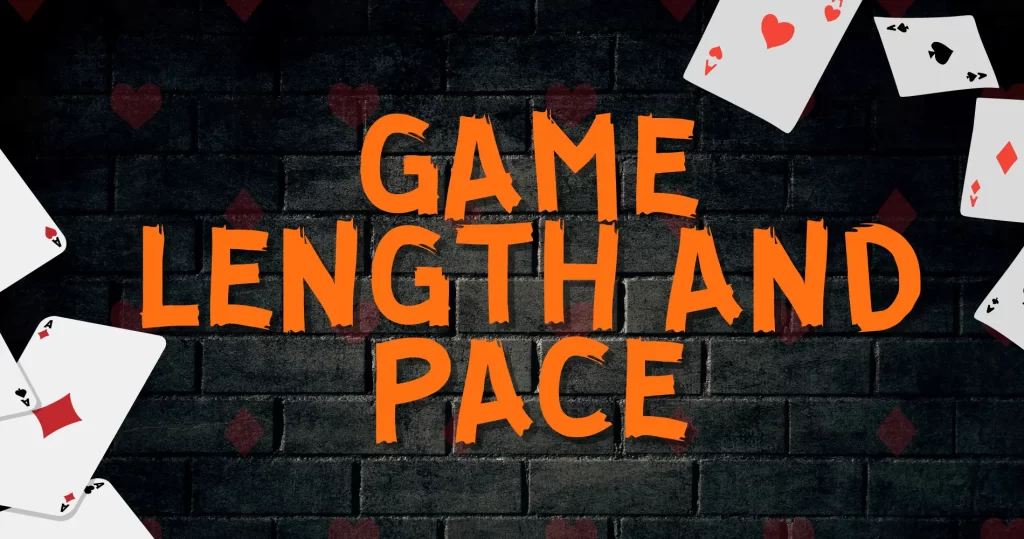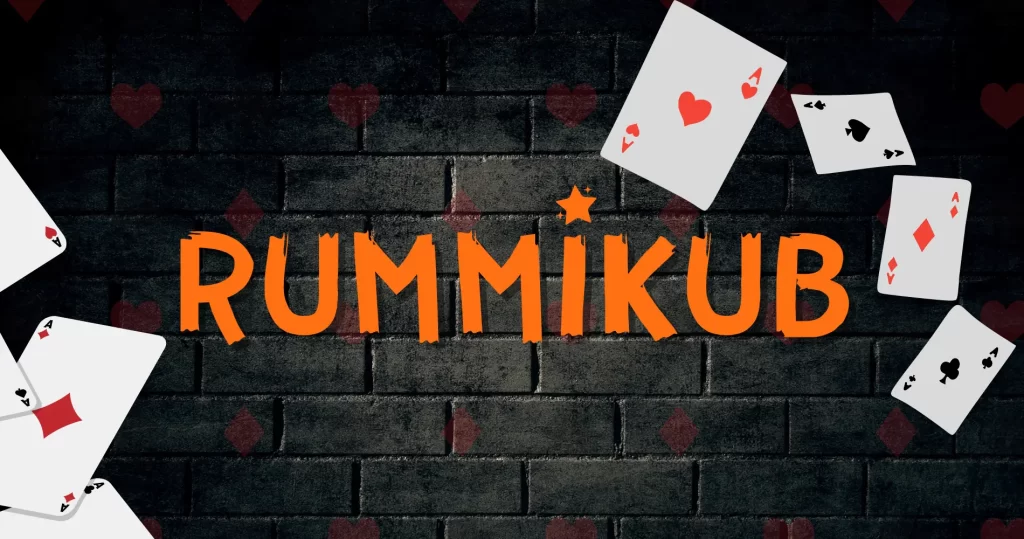Introduction to Rummikub
Rummikub, a globally loved game, combines elements of rummy and mahjong using numbered tiles instead of cards. While it shares similarities with traditional rummy games, it introduces unique mechanics that set it apart. So how does Rummikub compare to classic rummy card games like Dummy Rummy, Gin Rummy, and Indian Rummy? Let’s explore the differences in gameplay, strategy, and structure.
Tiles vs Cards: A Shift in Gameplay
The most obvious distinction between Rummikub and other rummy games is the use of tiles rather than cards. In Rummikub, players form sets and runs using numbered tiles from 1 to 13 in four colors. This shift from a standard card deck to tiles makes the gameplay more tactile and visually engaging. The presence of numbered tiles also allows for more visible strategy, as players can see the available tiles on the table.
In contrast, traditional rummy games like Dummy Rummyand Gin Rummy use playing cards, which involve a more familiar deck of 52 cards (or sometimes jokers for variants like Indian Rummy). While this makes card-based rummy accessible to most players, it limits the visual and interactive nature of the game compared to Rummikub.
Gameplay and Flexibility
Rummikub features a unique mechanic where players can manipulate the tiles on the table. After laying down their initial meld (with a minimum of 30 points), players can rearrange existing tiles on the table to form new sets or runs. This flexibility is one of Rummikub’s biggest draws, as players must use critical thinking to reconfigure tiles for optimal play. The game becomes a puzzle where players constantly alter the board state to their advantage.
In contrast, Dummy Rummy and other traditional rummy games like Gin Rummy are more rigid. Once sets and sequences are laid down in these card games, they remain fixed. There is no option to alter the cards that have already been played, which makes these games simpler but less dynamic. Players focus more on managing their own hand and keeping track of opponents’ moves, with little interaction with the cards on the table beyond drawing and discarding.
Team Play vs Solo Strategy
In rummy games like Burraco and Indian Rummy, players often play in teams, collaborating to win. Burraco’s partnership structure adds a social dimension to the game, where teammates work together to build sets and sequences and strategize their moves.
Rummikub, while not team-based, allows for plenty of player interaction through the manipulation of shared tiles on the table. The communal board creates opportunities for indirect teamwork and competition, as players can rearrange the tiles to block or hinder their opponents. Meanwhile, solo games like Gin Rummy and Dummy Rummy are more individualistic, with little player interaction beyond keeping track of opponents’ discards and draws.
Scoring Systems and Winning Conditions
Rummikub scores by the value of the tiles players lay down, with points awarded based on the number of tiles played in valid sets and runs. Additionally, players are penalized for any remaining tiles in their hands at the end of the game. The winner is the first player to get rid of all their tiles, making it a race to clear your hand while maximizing points through smart plays and tile manipulation.
In Dummy Rummy, Gin Rummy, and Indian Rummy, scoring is based on the value of unplayed cards remaining in a player’s hand. For example, in Gin Rummy, players knock to declare they have a valid hand, and any unmatched cards in their opponents’ hands count against them. In Indian Rummy, players score by forming sets and sequences, and penalties are incurred based on unmelded cards at the end of the round.
While all rummy games rely on minimizing the number of leftover cards or tiles, Rummikub adds an extra strategic layer with its communal tile manipulation, whereas traditional card games focus more on individual hand management.
Strategy and Skill
All rummy games require a balance of luck and skill, but the strategies differ based on game mechanics.
In Rummikub, players must think beyond their own hand, considering how to reorganize the shared tiles on the table. This added layer of tile manipulation makes Rummikub more complex and puzzle-like. Players must pay close attention to the entire board, not just their own tiles, and anticipate how their moves might help or hinder their opponents.
In traditional rummy games like Gin Rummy and Indian Rummy, strategy revolves around managing your hand, deciding which cards to keep and discard, and keeping track of your opponents’ potential hands. While these games demand memory and observation, they don’t offer the same level of board manipulation found in Rummikub.

Game Length and Pace
Rummikub tends to have a faster pace compared to some traditional rummy games. Since players can continuously manipulate the board, turns can progress quickly once players are familiar with the mechanics. The game usually ends when one player successfully plays all their tiles, which typically happens within a single round.
By contrast, Indian Rummy and Burraco are often longer games, played in multiple rounds with cumulative scores determining the winner. Gin Rummy and Dummy Rummy fall somewhere in between, with rounds that can be quick, but the overall game might take longer depending on scoring targets.
Which Game is Right for You?
Choosing between Rummikub and traditional rummy card games depends on your preferred style of play.
- If you enjoy strategic flexibility, board manipulation, and tile-based gameplay, Rummikub offers a unique twist on classic rummy that combines puzzle-solving with traditional set-building.
- If you prefer familiarity with playing cards, faster hands, and a focus on individual hand management, then Gin Rummy or Dummy Rummy may be more up your alley.
- For those who enjoy team-based games with more collaboration, games like Burraco or Indian Rummy offer a more socially engaging experience.
Ready to Play? Pick Your Rummy Game and Start!
Whether you’re drawn to the innovative tile play of Rummikub or the classic charm of card-based rummy games, both styles offer exciting challenges and hours of fun. Try out both formats and see which one suits your style best!

















